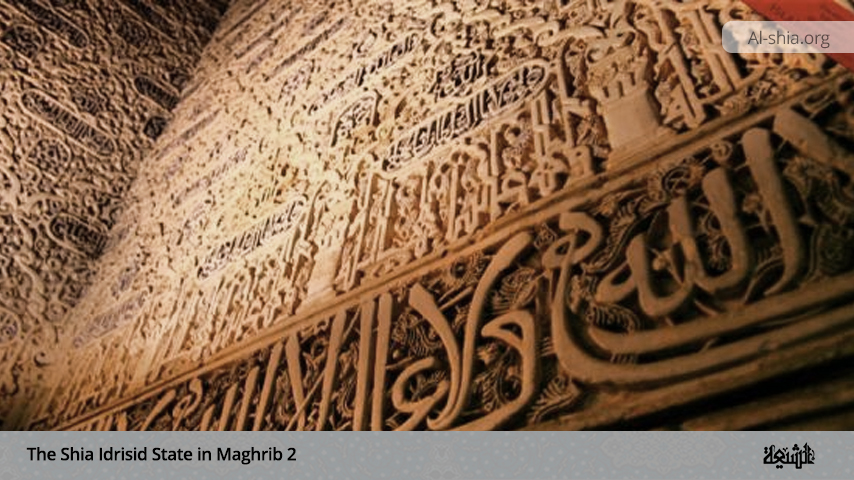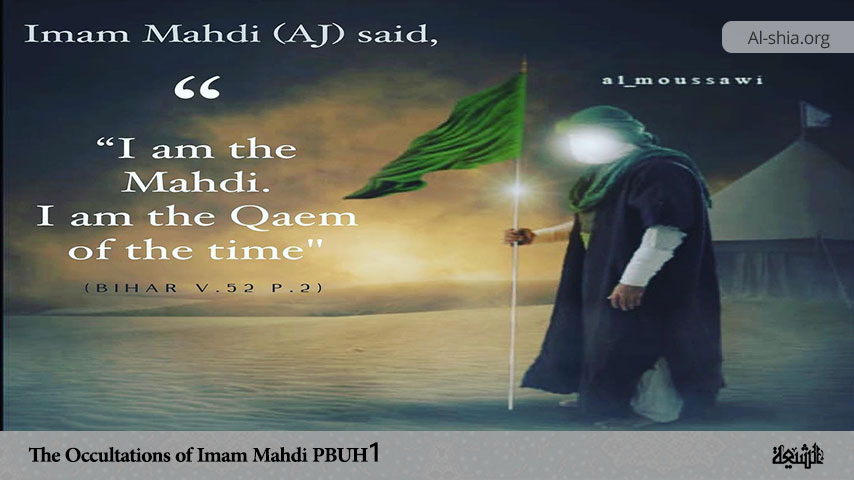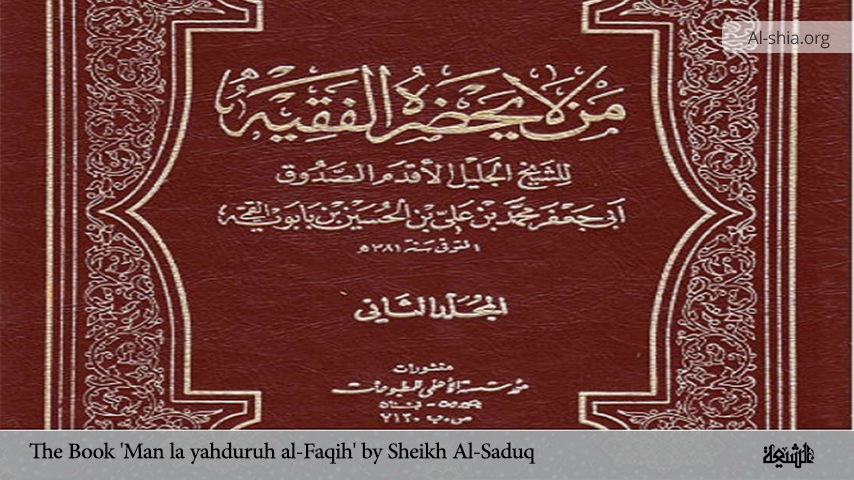In this part of the article titled “The Shia Idrisid State in Maghrib”, we shall be looking at other aspects such as the roles of the Idrisid dynasty in spreading the pristine teachings of Islam and its role in the promotion of knowledge and Science.
One of the most important factors which helped the Idrisids succeed in their mission and convert the Berbers to Islam was the treatment meted out to them by the Umayyad and Abbasid rulers which was nothing but dire cruelty and injustice that negated the spirit of Islam and presented it in most dark colours.
This was the reason why the whole territory of Al-Maghrib always remained in the continuous rebellion which could never be settled.
The freedom-lovers of that area were always in search of a person who could be one with them. Most of them supported the Khariji and joined them in revolts against the government.
The Umayyad as well as the Abbasid ruled over these areas very cruelly and treated the people including the Berbers very badly, which made them run away from Islam and time and again rise in revolt against the rulers.
This is just the opposite of what some historians write. As evidence, we would like to refer to one incident which could hold us out. Yazid bin Abi Muslim Dinar was a freed slave of Hajaj Thaqafi who had made him his secretary and in charge of the police.
During the reign of Yazid bin Abdul Malik, he was appointed as viceroy in Al-Maghrib. He followed the policy of Hajaj in that area. One of the actions of Hajaj was that he used to levy Jizya on those who had become Muslims and ordered them to go back to their villages in the same condition as they had been before their conversion to Islam.
Yazid bin Muslim tried to do exactly like Hajaj and impose his policy on Berbers. But Berbers did not remain patient over it and made a plan to kill him which they succeeded.
Similarly, during the reign of Hisham bin Abdul Malik, the governor of Tanjah was Umar bin Abdullah al-Muradi. They ruled the Berbers very badly and tried to levy taxes on them which were usually taken from non-Muslims. Thus, the Berbers started hating and their hearts turned away from Muslims and they thought they were being exploited by the Arabs.
All the governors appointed by the Umayyads and the Abbasids on the whole annoyed the Berbers on account of the unjust demands they made to the Berbers.
One example of such demands is that these officials liked the honey-coloured skins and took to an extreme in acquiring and collecting them. Sometimes, a complete herd of sheep was slaughtered just in order to get the skins of their lambs still in the wombs, although they could get only one skin in such an operation.
The author of Al-Istiqsa’ says, “They appropriated the property of the together and defy such actions.” The honey-coloured skins are just one example of the way the rulers played with the people in Al-Maghrib and made strange on them.
When Idris I reached and established the Idrisid State in Al-Maghrib, the Berbers came to know for the first time what real Islam is, and not what was represented by those tyrants. They realized that Islam is a religion of justice, tolerance and mercy. They, therefore, joined its ranks in increasing numbers through the efforts of the Idrisids who were the descendants of Holy Prophet Muhammad (s.a.w.a) and Imam Ali (a.s).
These Berbers tribes succeeded the Idrisids in Morocco and what was left to the Muslims from Spain and established states other than those of the Berbres, like the Mu’ahhidin, Bani Marin, and Al-Murabitah. Some of these Berber States are famous for their stand in defense of Islam in Spain and against the European tyrants.
These Berbers have inherited their love and devotion for Holy Ahl al-Bait (a.s) which is manifested even in our own time. Many a family of the Sayyids are still living in Al-Maghrib and enjoy great respect of the people in general.
Idrisids’ Love for knowledge
There would hardly be a scholar or student working in the filed of geography who does not know Sharif al-Idrisi who is the author of Nazhat-ul-Mushtaque Fi Ikhtiraq-il-Afaq, which is considered to be the best work on geography written by Muslims.
Al-Idrisi also made a famous map which has been published in Arabic as well as Latin. He is also known as Sharif Sagilli and he lived in Sigliyyah (Sicily). He is also called Qurtabi because of the fact that he had studied in Qurtabah (Cordova) and attached himself to Roger the Great who was the ruler of Cordova and established a vast kingdom on Sicily which included many islands near it, after when the Fatimids and Banu Aghlab had lost their power. This king took care of good qualities of the Muslims and their scholars in order to benefit from their knowledge.
One example is Sharif Idrisi. The Idrisids, called by the name of the Family of As-Saqalli, specialized in medicine. They lived in what is now known as Tunis. They passed on this knowledge on their generations. Most of them are the descendants of Sharif al-Idrisi.
This family of the Idrisid originally belonged to Sabtah, from where they migrated to Morocco. Some of them migrated to Sicily and others to Tunis and other parts of the territory which was then known as Al-Maghrib.
A part from the book already mentioned, Al-Idrisi wrote another scientific book relating to botany and named it Jame’ Ashtat-un-Nabat. In this book he has collected the names of different plants in various languages, the number of which is more than ten languages, both Eastern and Western.
From this book, we can conclude that Al-Idrisi was well-versed in botany, natural sciences and medicine more than his knowledge of geography, This book indicates the depth of his knowledge and keenness of his research. It is counted among rare manuscripts.
Besides Ash-Sharif was a traveler too who has traveled for and wide in the East as well as in the West, as is evidenced by his writing. He was also a poet of great prominence.
Idrisids’ History
Dr. Husain Munis says, “The Idrisid State still needs a person who should write their history and defines its role in the development of Al-Maghrib. Till now, the authors of Islamic History count this State among small kingdoms which rose up at the disintegration of Al-Maghrib in the mid-second century after Hijrah. They treat it as they do the kingdoms of Banu Aghlab or Banu Rustum, and even at par with that Banu Madrar.
During this modest exposition, they fail to discuss as how this State reserved a place for Islam and Arabism in Al-Maghrib and to show the great role it played in extending Islam’s message to Morocco and Algiers, as well as how they put an end to foreign intrusions which were crushing this area during the last decade of the first century of Hijrah.
They do not show what efforts its rulers made in laying the foundations of Islam in this area in the real sense of the word and stamping it permanently with Arabic color, giving this area the Arabic language and culture. Due to the good offices of the Idrisides, this country became an invincible fortress of Islam in the Western wing.
Source:
Shorter Shi’ite Encyclopaedia
By: Hasan al-Amin

















